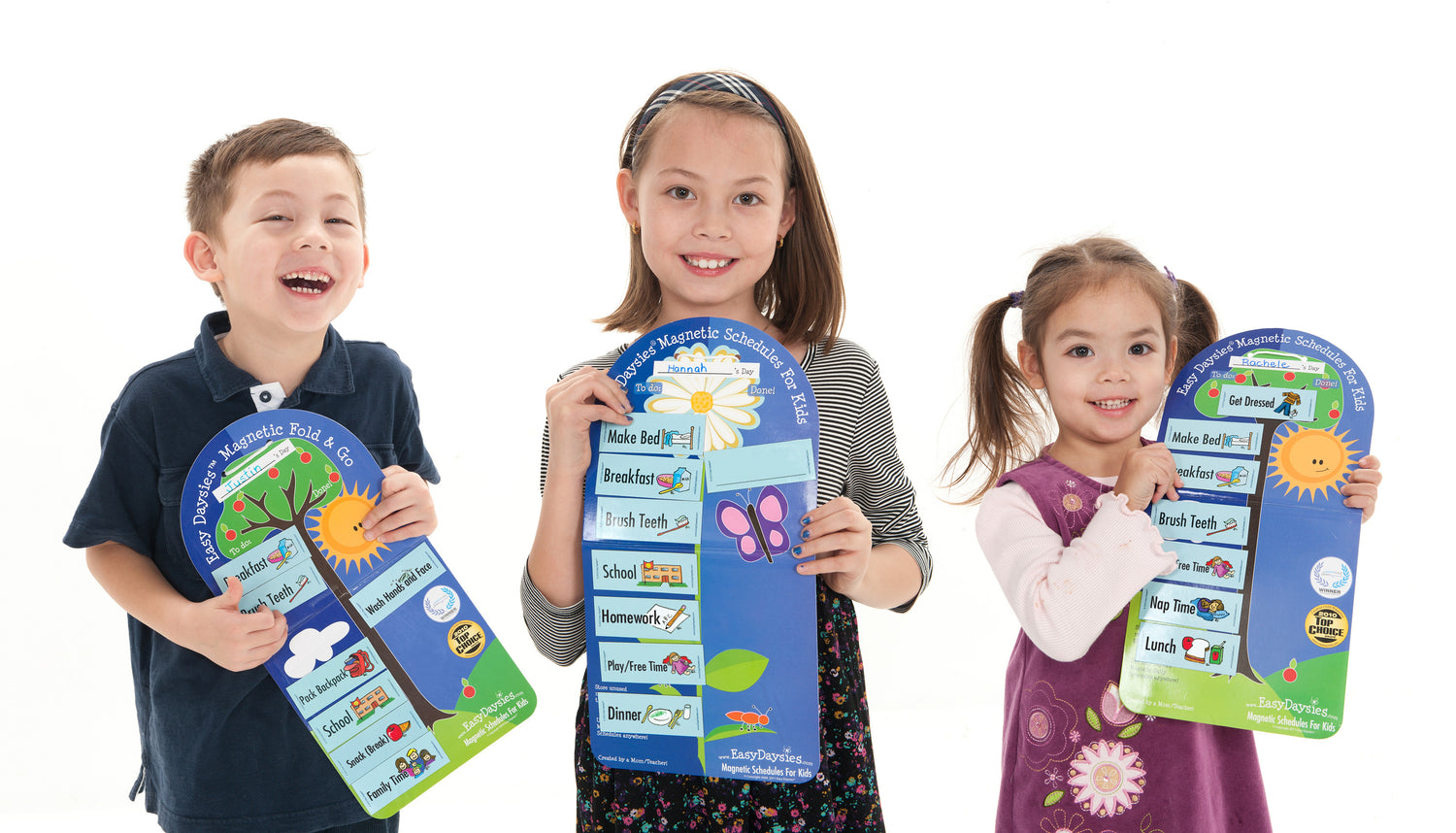Teaching manners to children is an important part of their development. It helps them navigate social situations, build positive relationships, and become respectful individuals. As parents, it is our responsibility to instill good manners in our children from an early age. Here are some effective strategies to teach your child manners:
Lead by Example
Children learn by observing and imitating their parents. Therefore, it is crucial for us to model good manners in our own behavior. Whether it's saying "please" and "thank you" or showing respect towards others, our actions speak louder than words. By consistently demonstrating good manners, we create a positive influence that our children will pick up on.

Set Clear Expectations
Children thrive on structure and consistency. Set clear expectations about what behaviors are acceptable and what are not. Explain to them the importance of manners and how it impacts their relationships with others. Reinforce these expectations regularly and provide gentle reminders when needed.
Teach Basic Courtesy
Start by teaching your child basic courtesies like greeting others, saying "please" and "thank you," and using polite words such as "excuse me" and "sorry." Role-play different scenarios with them to practice these skills, and provide positive reinforcement when they demonstrate good manners.
Encourage Empathy
Manners go beyond just using polite words. Encourage your child to consider the feelings of others and be empathetic towards them. Teach them to listen actively, take turns in conversations, and be respectful of personal space. By fostering empathy, you are helping your child develop a deeper understanding of others' perspectives.

Practice Table Manners
Mealtime provides an excellent opportunity to teach your child table manners. Teach them how to use utensils properly, chew with their mouth closed, and wait for everyone to be served before starting to eat. Make mealtime a pleasant experience by engaging in conversations and setting a positive example.
Use Positive Reinforcement
Positive reinforcement is a powerful tool in teaching manners. Praise your child when they demonstrate good manners, and highlight specific behaviors you want to encourage. This can be as simple as saying, "I really appreciate how you shared your toys with your friend today." Small rewards or privileges can also be given to reinforce positive behavior.
Correct and Redirect
When your child displays inappropriate behavior or forgets their manners, it is important to correct them in a calm and constructive manner. Avoid using harsh or negative language. Instead, gently remind them of the expected behavior and provide guidance on how to handle the situation appropriately.
Practice Patience
Teaching manners is a process that takes time and patience. Remember that children are still learning and may make mistakes along the way. Be patient with them and offer guidance and support as they develop their manners. Celebrate their progress and acknowledge their efforts, no matter how small.
Conclusion
Teaching manners to your child is an investment in their future. By leading by example, setting clear expectations, and providing guidance, you can help your child develop good manners that will serve them well throughout their lives. Remember to be patient, use positive reinforcement, and make learning manners a fun and engaging experience.
Warmly,


